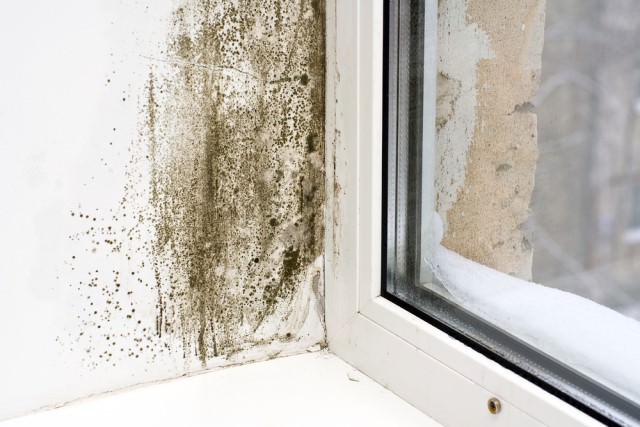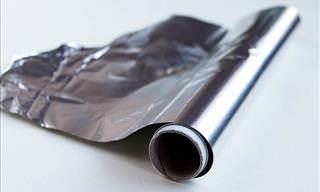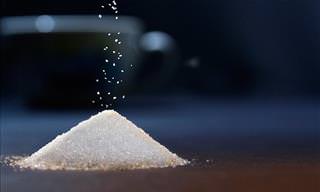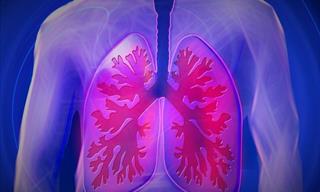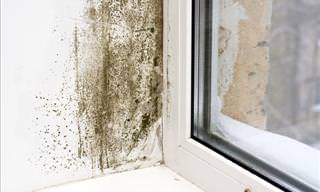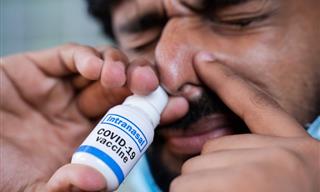Why is it dangerous to my health?
All types of mold can be potentially hazardous to your health, as warned by the Environmental Protection Agency. But "black mold" is probably the worst kind to be exposed to.
Your sensitivity to mold may also depend on your genes. Research has shown that people who have the HLA-DR gene are more susceptible to mold illness in comparison to others. While mold illness may not be high in number, it is often misdiagnosed or poorly treated. For this reason, it's important to be aware of the symptoms yourself.
Here are two health problems that may arise from exposure to mold:
Studies show that in some cases, one of the causes of sinusitis, may be fungal infections. In fact, when ENT specialists see that their sinusitis-suffering patients have shown no signs of improvement after a substantial amount of treatment, they start to suspect that the problem is related to a fungal invader. It is important to identify whether the fungal sinusitis is invasive or not, so the necessary treatment can be given accordingly. Also, detecting the problem at an early stage will prevent the condition from worsening and becoming life-threatening.
- Chronic Inflammatory Response Syndrome (CIRS)
Chronic Inflammatory Response Syndrome is a serious chronic condition that falls under the larger category of biotoxin illness. In simple terms, the condition is purely mold toxicity, and although it's ongoing and is caused by mold, it is not an allergy. You may find it shocking to discover that what you classify as a "winter allergy" or chronic sinus infection, may in fact be a sign of the CIRS. The illness results from the exposure of a biotoxin, which is a type of poison produced by living organisms - in this case, mold.
Different bodies respond to biotoxin in different ways. Some individuals are easily able to filter the biotoxin through their liver and kidneys. Consequently, they are not prone to the disease. Others however, may not be able to respond as well to the biotoxin. Nevertheless, how your body responds to the poison depends on your genes.
|
 Go to BabaMail
Go to BabaMail


